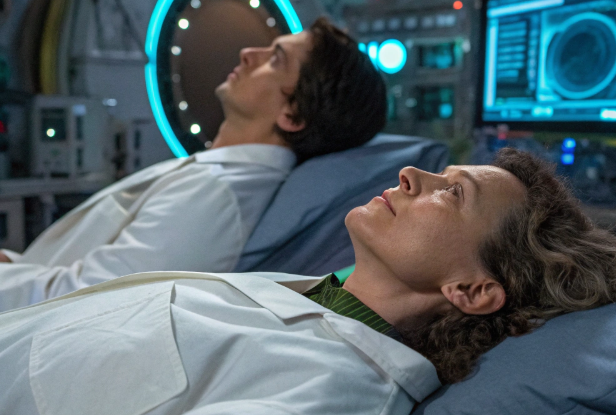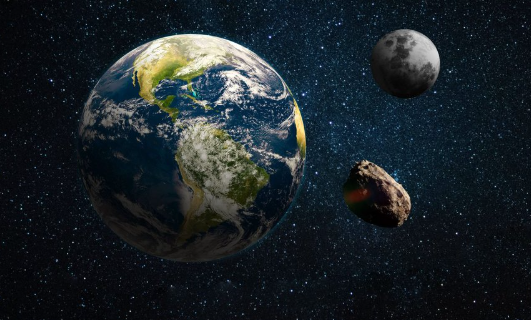People Shocked by What NASA Astronauts Do With Their Clothes
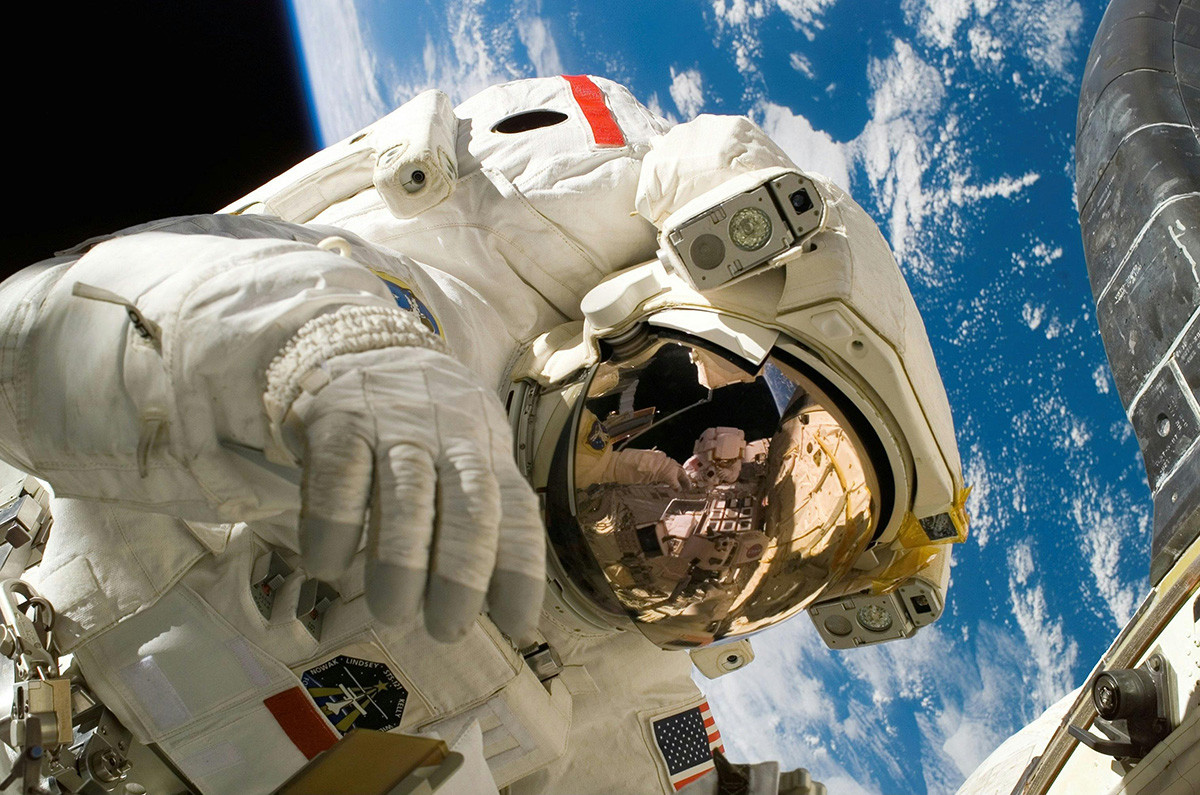
Most people never think twice about doing laundry, unless they are in space.
While life aboard the International Space Station (ISS) is full of scientific marvels, one strange reality has recently left people seriously disturbed: astronauts can’t wash their clothes in space. It’s what NASA does with their clothes that really shocks people!
Yes, you read that right. NASA astronauts wear their clothes until they’re too dirty to bear — then toss them into space to burn up in Earth’s atmosphere. And now that more people are learning about it, the internet can’t stop talking.
No Laundry Machines in Orbit
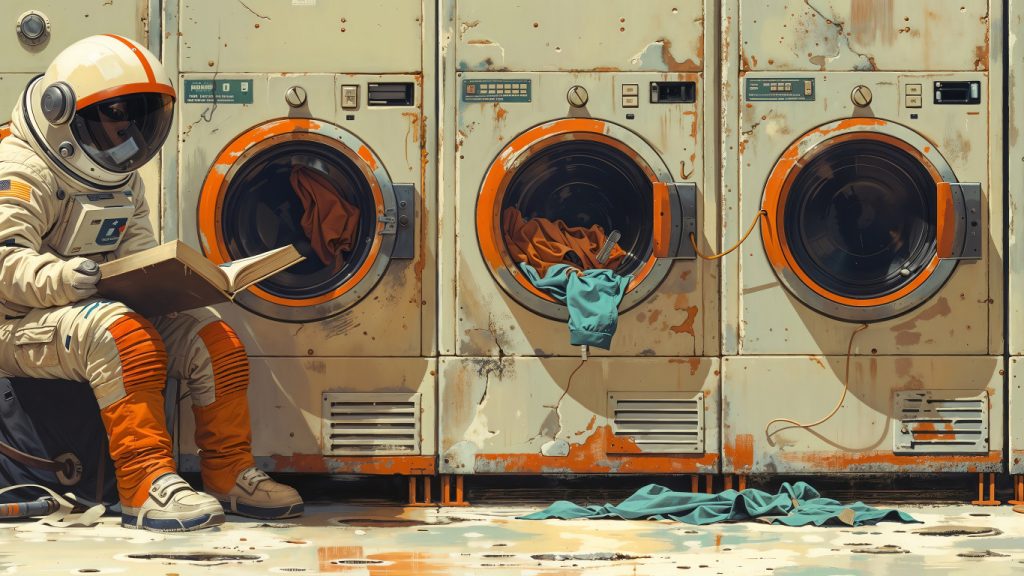
Unlike here on Earth, the ISS doesn’t have the luxury of a washing machine — and it’s not because NASA forgot to install one. Washing clothes in space would require a huge amount of water, something that’s both extremely limited and valuable aboard the station.
As a result, astronauts follow a strict clothing schedule. According to NASA protocols:
- 1 polo shirt is worn for approximately 15 days
- 1 pair of underwear is worn for 3 days
After that? It’s straight to the trash — but not in the way you’d think.
Soiled Clothes Become Space Trash… Temporarily
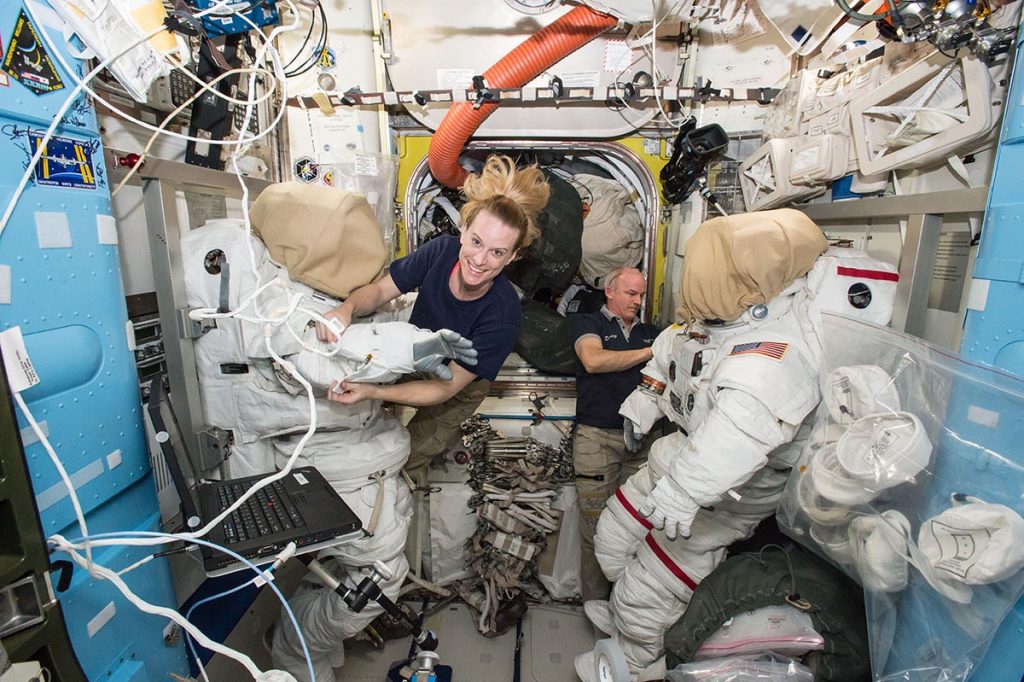
When a piece of astronauts clothing becomes too dirty, sweaty, or smelly to wear, astronauts discard it by packing it into a cargo vessel. Once full, the vessel is released from the ISS and eventually reenters Earth’s atmosphere — where it incinerates in a fiery blaze, along with the garbage.
It might sound like something out of science fiction, but it’s a very real and necessary routine.
“Gross?” Maybe — But There’s a Reason It Works

To Earthlings, the idea of re-wearing the same clothes for two weeks or more might sound unhygienic or even “nasty,” as many online commenters have said. But the ISS isn’t your average living environment.
- The station is carefully climate-controlled, so astronauts rarely sweat.
- The environment is relatively sterile, meaning clothes are less exposed to dirt, bacteria, and stains.
- There are strict personal hygiene protocols to minimize odor and contamination.
So while it might be weird by Earth standards, in space, reusing clothes is practical, safe, and necessary.
High-Tech Space Fashion: Clothing Designed for Long Use
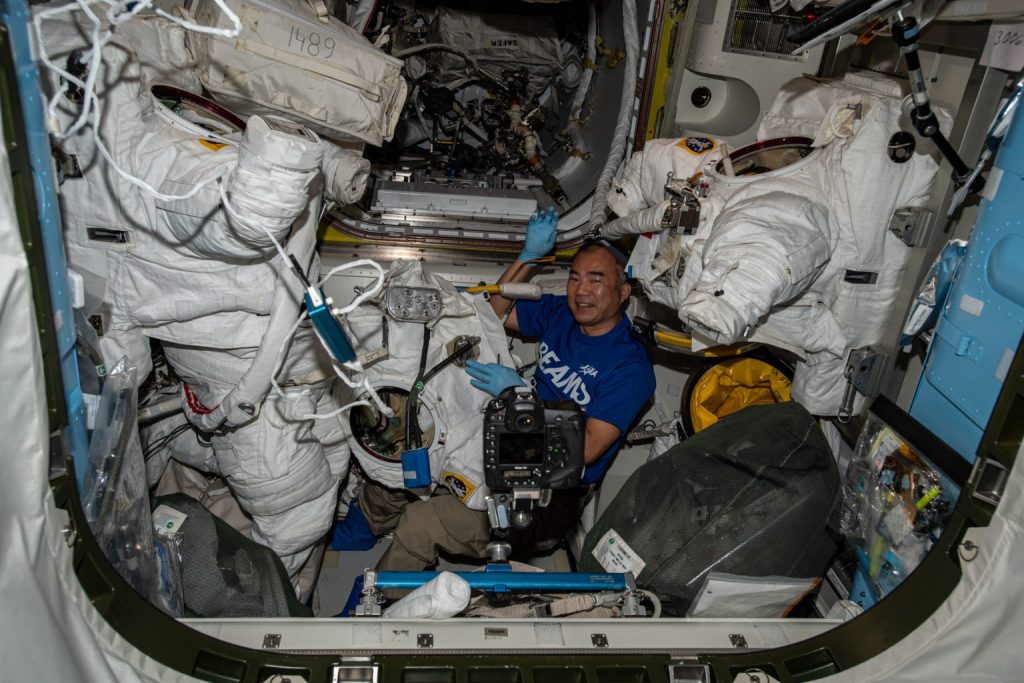
NASA isn’t just relying on standard t-shirts and gym shorts. In recent years, the agency has partnered with clothing companies to develop specialized garments for astronauts that stay cleaner for longer.
For example, BEAMS Co., Ltd. designed advanced clothing for astronaut Noguchi Soichi during his extended ISS mission that began in November 2020. These garments featured:
- High absorbency
- Quick-drying materials
- Antibacterial and deodorizing properties
Such technology not only reduces the number of clothes astronauts need to bring, but also helps reduce waste, save storage space, and improve comfort during long missions.
People’s Reactions: From Fascination to Disgust

As the news about space “laundry” habits spread across social media platforms, thousands of people chimed in with reactions ranging from amazed to absolutely horrified.
Some comments included:
“Wait… they wear underwear for THREE DAYS? I can’t even do that in a blackout!”
“So they just float their stinky socks into space and light them on fire? This is WILD.”
Others were more understanding:
“Honestly, it makes sense. Space is limited. Water is precious. I’d do the same if I were up there.”
And of course, some couldn’t help but joke:
“New fear unlocked: getting hit by flaming astronaut pants reentering the atmosphere.”
NASA’s Bigger Challenge: A Laundry System for the Moon and Beyond
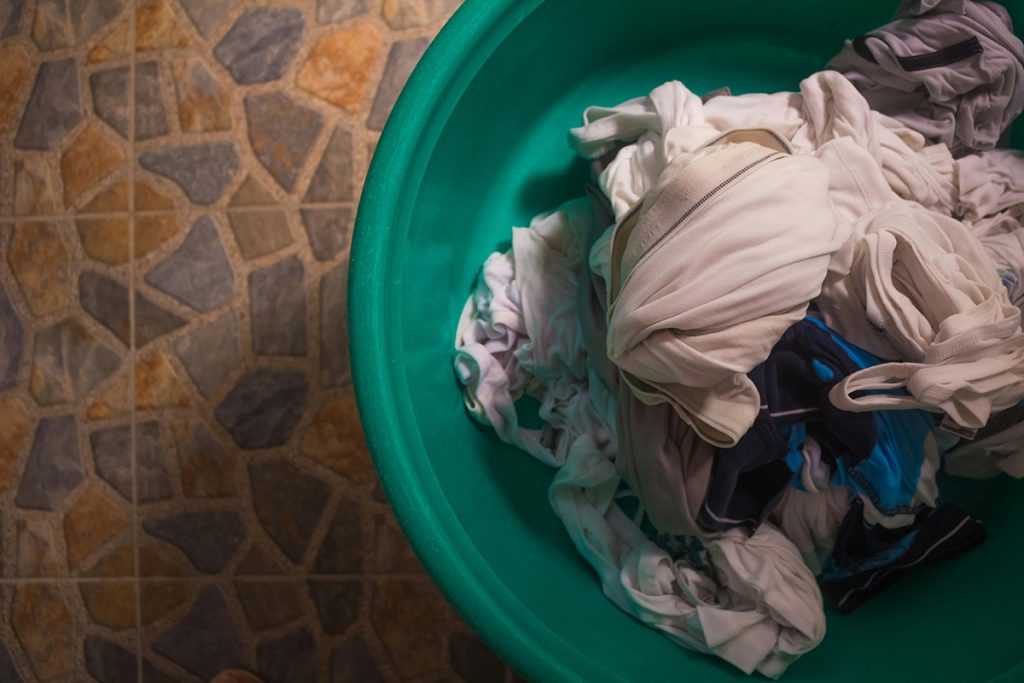
With long-duration missions to the Moon and Mars in planning, NASA is already facing the next challenge: How will astronauts deal with dirty clothes on a two-year journey where resupply isn’t possible?
NASA has already partnered with companies like Procter & Gamble (makers of Tide) to develop a space-friendly detergent and laundry system — but it’s still in testing.
Until then, burning used clothes remains the best (and only) option.
You might also want to read: Astronomers Discover ‘Teleios’—A Mysterious Perfect Sphere

